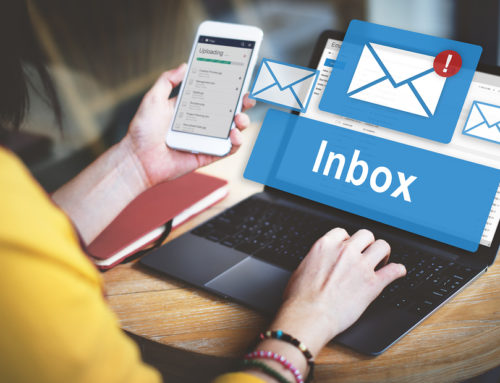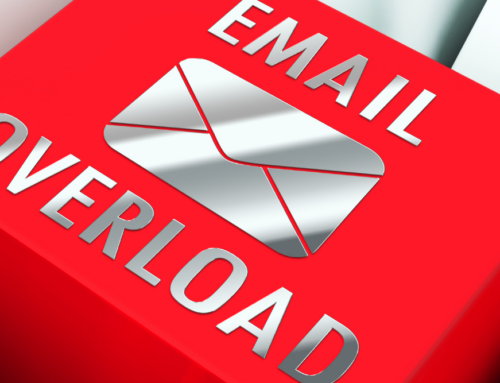
Gary Wohlfeill
You should use every event and campaign as a learning experience. Today’s post gives you some ideas what to do after it’s all over. ~Kristina
Guest Post by Gary Wohlfeill
Your event or campaign is officially over and it was incredible. You hit your donation goals, spread awareness about your mission, recruited new fundraisers, and so much more. Guess the work is done and it’s time to relax, right?
While you can definitely take a breath, there’s still much more to do in order to finish strong. The actions you take post-event can help turn a great event into an amazing event. They not only can help you close up your campaign, but also get a leg up on your next one.
So, let’s talk about three things you can do after your event is over to really take it to the next level…
Don’t underestimate the power of a thank-you
When you show your appreciation and thank someone for their support, attendance, and hard work, that thank you has the power to create increased loyalty and a continuation of support. However, when you thank someone, there’s also a real opportunity to go #BeyondTheDonation by also encouraging social fundraising.
Social fundraising is the act of getting people (supporters, donors, evangelists, fundraisers, etc.) to post about the actions that they take related to your cause.
Just because your event is over, it doesn’t that mean that your need for donations or awareness is also over. So, when you’re thanking a donor, supporter, fundraiser, or evangelist, include words of encouragement to ask supporters to share their experience and message their personal networks through social media. Give them a link to share that goes to a donation page or a cause awareness page, and also, make sure they know that sharing has real value that is important to your mission and your cause.
All that data
So much data and insight was gathered during your campaign and there’s no better time than now to really dig in and make it work for you.
Using a fundraising platform that allows you to own and house all of your data is one place to start. If you aren’t already on a platform that does this for you, it’s a good idea to do some research to find one that does. Your life will be so much easier, and, you’ll be able to take real advantage of your fundraising efforts and help curate successful future outreach strategies.
Additionally, you’ll want to make sure you’re collecting and storing both donor and participant information. Donors and participants should be spoken to differently so making sure to distinguish between the two groups helps to create a robust and functional database setting you up to raise more money and awareness for your cause.
You can have an incredible impact on the growth of your organization by understanding the behaviors of your supporters, in all their various forms, as well as gaining knowledge about your tactics and their successes.
Segmenting can come in many forms such as demographics or action. With demographics, you can segment by age, geographic location, or another variable. When you segment by action, you’re breaking down your data from donors, fundraisers, volunteers, etc. And you can talk to each one of these segments in a way that truly resonates with that group. For example, a loyal volunteer who works at every one of your events should be spoken to differently, with a focus on appreciation and a call out to share their experience with their personal networks (the beauty of social fundraising). Whereas someone who donated one time to your campaign should be nurtured and educated on your organization and its mission in order to continue to gain their trust and support.
By treating your supporters in a way that speaks more directly to the actions they’ve taken with your organization, you’re taking a holistic approach that will have a great impact on your cause, its goals, and its mission.
Take the time to reflect while it’s still fresh
Regrouping after an event is a powerful and easy way to capture all the successes (and the minor misses) that happened while the event is still fresh in your mind. Not only will it make next year easier, but we really can forget what worked, what didn’t, and this is a great time to help make your next event even more successful.
So after your event is over, it’s a good idea to ask the following questions:
- What day/timeframe did you really start planning your event? Could you have started earlier? Would extra planning time made everything less stressful?
- What was your most unexpected win from your event? Next year, what could you do to amplify it?
- What was your biggest failure that wasn’t expected? How can you learn from that miss so that it doesn’t happen again?
- Did you capture data from all your marketing efforts? Now’s the time to do a quick ROI analysis by marketing initiative do give you great direction when you start planning for next year.
- Would you benefit from a quick survey to participants to give you even more insight and feedback on what people liked, disliked, and are excited for next year?
Taking the time to make each thank you work for you, collecting all of your data, and reflecting on what worked and didn’t work at your event are easy and valuable actions you can take following your event in order to gain insight and a leg up on next year.
Gary Wohlfeill is the director of Brand & Marketing at CrowdRise. He works with partners to develop highly engaging fundraising campaigns and leads the marketing team in developing the CrowdRise brand. Gary has been named as having the “third best haircut of people under 6 feet tall at CrowdRise” and hopes one day to slip to fourth.






